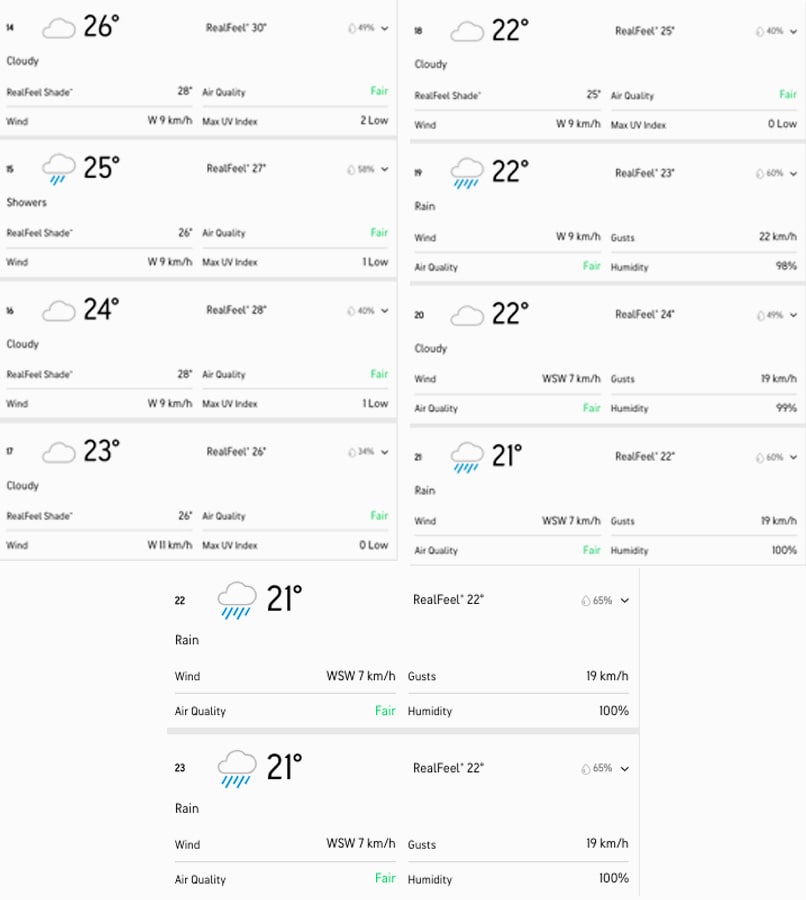The Gender Budget Statement (GBS) released by the Tamil Nadu government shows a need for an intersectional and decentralised gender budgeting process, according to a fact file on the statement conducted by the Information and Resource Centre for the Deprived Urban Communities (IRCDUC).
According to the GBS, Rs. 1.22 lakh crore was allocated for the welfare of women under various schemes where women beneficiaries ranged from 30%-100%.
Split into three parts, under Part A, a total of Rs. 27,915 crore was allocated for schemes that are targeted only for women, in Part B, about Rs. 39,176 crore was allocated for schemes where the women beneficiaries range from 40-99%, and Rs. 55,739 crore in Part C for schemes where at least 30% beneficiaries are women.
The fact file finds that the GBS of other States and the Union government has only Part A and Part B while the Tamil Nadu government has also introduced Part C. According to a senior official from the Social Welfare department, Part C comprises schemes which are gender neutral and gender blind, hence schemes which benefit transpersons and others would come under this.
Drawing a parallel to the Punjab government’s Gender Budget, which also includes a Part C, S. Kamatchi, assistant director, Social Watch said “The Punjab government’s gender budget, which has a Part C, has scheme-supported narration. How can Part C in the Tamil Nadu GBS be more when compared to the other two parts?”
The analysis also pointed out that the Tamil Nadu government presents the GBS as one of the appendices to the Budget Memorandum in the State Assembly while nearly 11 other States present it as a separate document.
The fact file also showed that 96.2% of the budget estimate for the financial year 2024-2025 is for the social welfare and nutrition sector in Part A with the second being education, culture and sports sector. Sectors such as water supply, sanitation, housing and urban development and labour & labour welfare have received only negligent funding in Part A which is for women-targeted schemes.
Lack of Gender Budget Cells
In the guidelines issued by the State government in 2022, Gender Budget Cells were to be formed in every department and they would collect data periodically to measure the impact of the programmes.
According to an RTI from December 2023, it was found that only five departments in the Tamil Nadu government — Rural Development Department; Cooperation, Food and Consumer Protection Department; Agriculture and Farmers Welfare Department; Public Works Department and Commissioner of Social Welfare — had Gender Budgeting Cells. “These cells are necessary to find where policy is lacking to implement schemes with a gender lens,” said Vanessa Peter, founder, IRUCDC.
Womens’ group activists also pointed out that pre-budget consultation, sectoral reviews, gender performance audit or analysis of previous GBS to assess adequacy of estimation. “There needs to be a way for the civil society organisations to be part of the discussion so that beneficial schemes can be formulated. Further there is also a need for a decentralised gender budget which can address issues regarding women from all classes,” added Ms. Kamatchi.
Citing the example of the Punjab government where the Finance Department and Social Security, Women and Child Development Department prepare the GBS, she further added the departments could work together where the Social Welfare department could implement the scheme.










